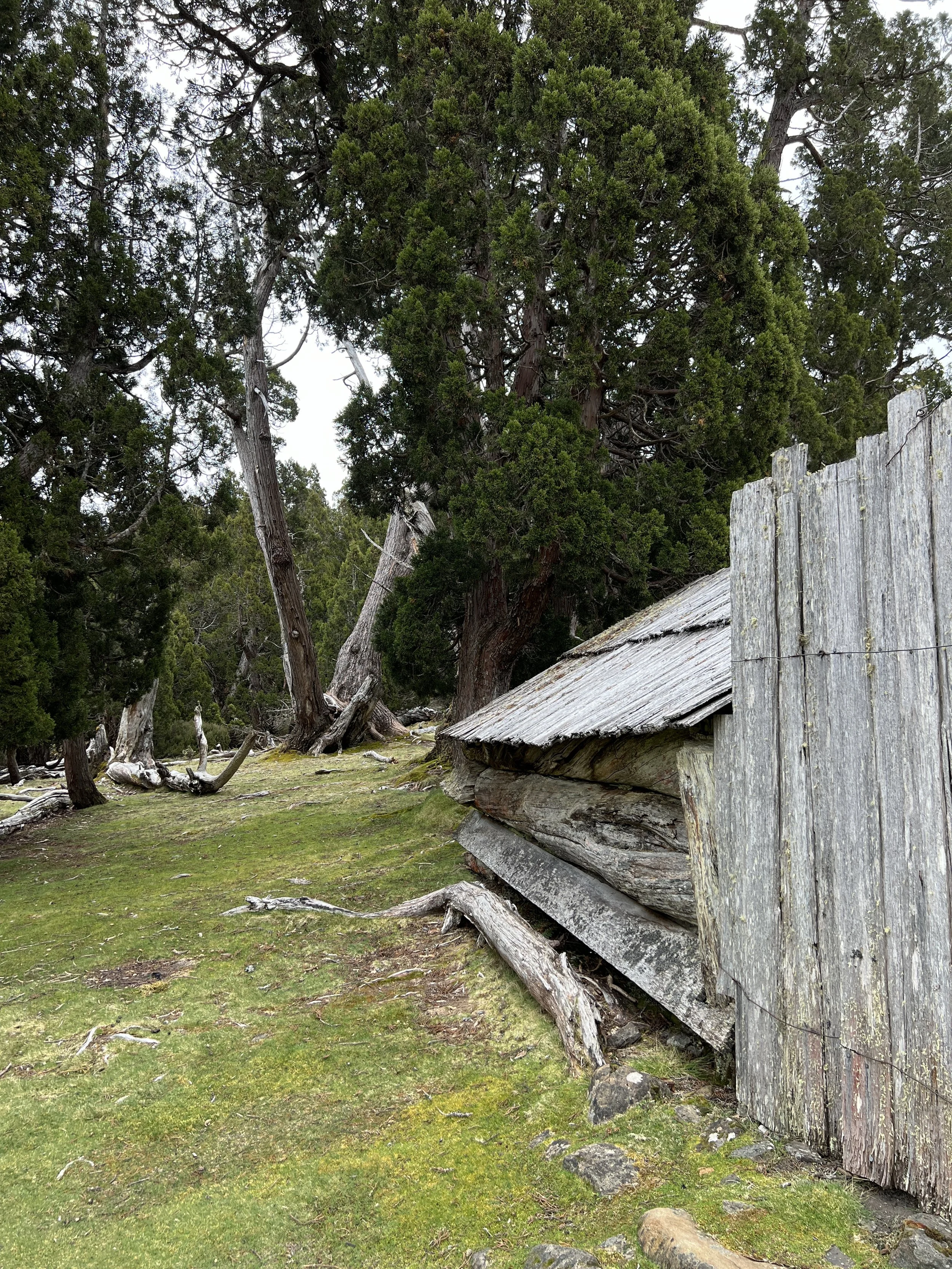
Walls of Jerusalem Information
Sculpted by glaciers over centuries, Walls of Jerusalem National Park lies to the east of Cradle Mountain and forms part of the Tasmanian Wilderness World Heritage Area. It’s a dramatic landscape of alpine plateaus, ancient pencil pine groves and sparkling tarns that have seen it nicknamed the “Land of a Thousand Lakes”. The park is home to an abundance of native wildlife, including Bennett’s wallabies, Tasmanian devils, echidnas and platypus.
Forming part of the Tasmanian Wilderness World Heritage Area, the Walls of Jerusalem is a spectacular area of high country to the east of Cradle Mountain. It has been sculpted by glaciers over centuries, with an abundance of tarns and trickling streams earning it the nickname the “Land of a Thousand Lakes”. With no road access into the national park, the only way to explore the Walls of Jerusalem is on foot. The multi-day hike offers up-close encounters with its towering dolerite peaks and pencil pine forests while immersing you in one of Tasmania’s most awe-inspiring natural places. Our Walls of Jerusalem National Park transfers offer easy access to the start of the trail from towns and cities across Tasmania. They are a convenient option for those who are exploring the state without a rental car or prefer not to leave their car in the remote parking area on the outskirts of the Walls of Jerusalem.
With no road access into the national park, the only way to explore the Walls of Jerusalem is on foot. Aside from its multi-day circuit trail, there are several summit walks that offer sweeping views across what is one of Tasmania’s most breathtaking natural areas.
Before venturing into the Walls of Jerusalem’s exposed alpine wilderness, it’s important that you are equipped and prepared. Check the track and weather conditions before setting out and always tell someone about your plans before you go. It’s highly recommended that you walk with friends or take a Personal Locator Beacon if going alone. Due to the current COVID-19 situation, you MUST register with Tasmania’s Parks and Wildlife Service before setting out.
Ensure you have clothing to suit the changeable weather conditions of the alpine environment and carry a map in case you lose your way. Emergency services can be contacted on 000 if you do run into trouble. Leave No Trace principles apply to all of Tasmania’s national parks, so it’s essential that you take all rubbish out with you.
Due to the sensitivity of the area’s alpine vegetation, it’s important that you always stay on formed tracks where possible. While swimming is permitted at Lake Ball and at the northern end of Lake Adelaide, don’t swim in the smaller lakes and tarns as it can damage the surrounding vegetation.
Location of the Walls of Jerusalem
Walls of Jerusalem National Park is located in the Central Highlands of Tasmania, around 150 kilometres northwest of Hobart and 120 kilometres southwest of Launceston. Cradle Mountain-Lake St Clair National Park lies directly to the west. One of the closest towns to the Walls of Jerusalem car park is Mole Creek, which is famed for its spectacular karst caves.
If you’re driving to Walls of Jerusalem National Park, set your GPS to Lake Rowallan, which can be accessed along Mersey Forest Road. Shortly after crossing the Fish River, you will see a left-hand turn off onto a gravel road, which continues for 1.5 kilometres to the Walls of Jerusalem car park.
History of Walls of Jerusalem
For thousands of years, the Walls of Jerusalem was the territory of the Big River nation and several Aboriginal heritage sites are found throughout the park today. Europeans first arrived in the early 19th century, with the remote Central Highlands providing a hideout for bushrangers. Over time, grazing licenses were issued and stock keepers soon settled while pencil pine huts were established for trappers collecting possum and wallaby pelts.
James Scott, who surveyed the area in the mid-19th century, was the first to refer to it as the Walls of Jerusalem due to its resemblance to the walls leading into the holy city. Reg Hall, a Launceston-based hiking enthusiast, continued the tradition by giving biblical names to many of the area’s prominent geological features. In 1982, the area was designated as a national park and became part of the Tasmanian Wilderness World Heritage Area the following year.


